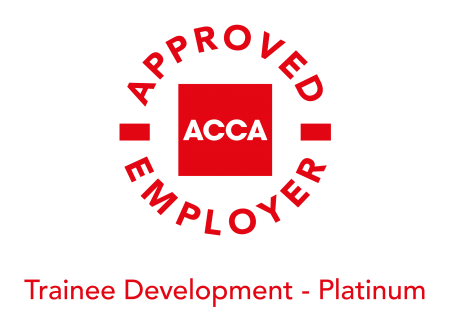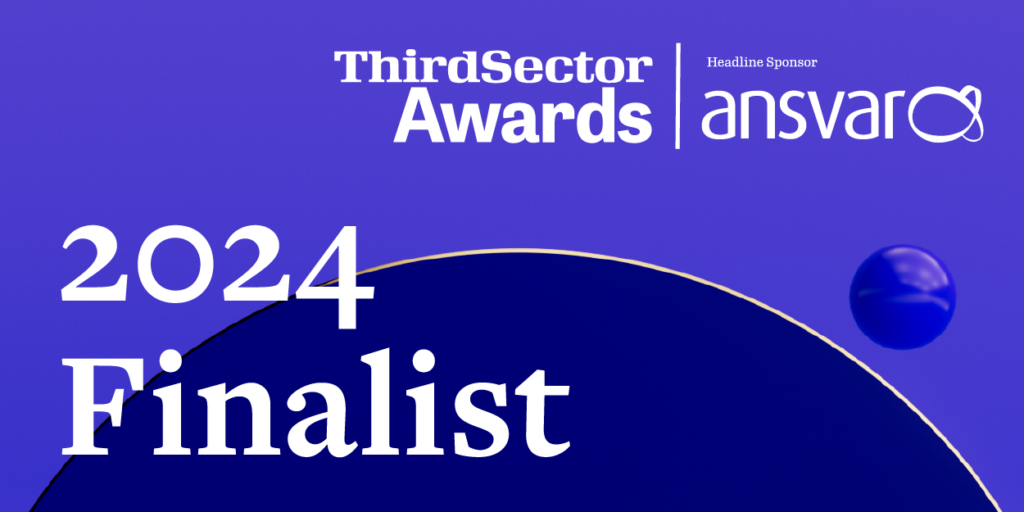The Enterprise Investment Scheme (EIS) and/or Seed Enterprise Investment Scheme (SEIS) is an excellent way for small businesses to attract outside investment. It is also a cost-effective investment choice for investors themselves.
EIS Investment Advice from Perrys Chartered Accountants
At Perrys Chartered Accountants, we can provide advice and assistance to clients on both counts, whether you’re a business owner or an investor. Our team of highly experienced chartered accountants regularly advise on EIS investments, assisting clients with every aspect of the scheme.
We help investors with claiming the full range of reliefs available and managing their investment wisely. For eligible companies interested in taking advantage of the business benefits of EIS, we are here to help every step of the way.
What is the Enterprise Investment Scheme?
Under the EIS, eligible companies can raise capital to grow their business. Investors buying new shares in the company are granted tax reliefs, encouraging the growth of enterprise in the UK.
How does an EIS work?
The EIS offers income tax and capital gains tax relief for investors to encourage investment in unquoted smaller businesses. The scheme has proved highly popular, particularly in young tech companies that are considered high risk, helping the company get a head start while investors benefit from those lucrative tax reliefs.
EIS for investors
An EIS offers tax incentives for investors. Reliefs on income tax and capital gains are very attractive to investors, with a flat rate of income tax relief currently set at 30%. When it comes to capital gains tax, benefits of investing in EIS are twofold: exemption and deferral.
If you hold your EIS shares for three years or more and claim income tax relief on them, any gain is free of capital gains tax. By holding onto your shares for longer than 3 years, you could potentially accrue CGT exemption over time.
How does EIS deferral relief work?
CGT deferral relief allows an investor in a EIS qualifying company to defer payment on gains accrued on the investment. The gain can be made by disposing of any kind of asset, though the investment must be made either 3 years after the gain arose or 1 year before. Whether or not the gain is connected to the company does not matter; unconnected investors are eligible for both CGT deferral relief and income tax relief.
How long do I need to hold EIS shares?
In order to benefit from the tax reliefs available, such as the 30% income tax relief offered, an investor must hold onto their shares for a minimum of 3 years following the date they are issued.
How is EIS loss relief calculated?
Loss relief is another benefit for investors in EIS. If your shares are disposed of at a loss, you can elect that, less income tax relief, the amount of the loss can be set against income for that year, or on previous year’s income, rather than being set off against capital gains.
The amount of loss relief an investor can claim is calculated by multiplying the value of the loss with their marginal rate of income tax.
Shares can be treated as though they had been acquired in the previous tax year, if preferred. Relief is then awarded against the income tax liability of that previous year rather than the year the shares were acquired – subject to the overriding annual limit for relief.
What is the difference between EIS and SEIS?
SEIS stands for Seed Enterprise Investment Scheme, and is aimed specifically at startups, whereas EIS covers more established SMEs. The companies able to benefit from SEIS typically represent a higher risk investment, therefore the tax relief available for investors is more generous.
Our Branches
 Historic Dockyard Chatham
Suite 2, Second Floor North,
Historic Dockyard Chatham
Suite 2, Second Floor North,The Fitted Rigging House,
Anchor Wharf, The Historic Dockyard,
Chatham, Kent,
ME4 4TZ
 London
4th Floor,
London
4th Floor,399-401 Strand,
London,
WC2R 0LT
 Orpington
2nd Floor (Right), Downe House,
Orpington
2nd Floor (Right), Downe House,303 High Street,
Orpington,
Kent,
BR6 0NN
 Tonbridge
Churchdown Chambers,
Tonbridge
Churchdown Chambers,Bordyke,
Tonbridge,
Kent,
TN9 1NR
 Tunbridge Wells
10 Upper Grosvenor Road,
Tunbridge Wells
10 Upper Grosvenor Road,Tunbridge Wells,
Kent,
TN1 2EP
 West Malling
19-21 Swan Street,
West Malling
19-21 Swan Street,West MaIling,
Kent,
ME19 6JU
 Wrotham
The Square,
Wrotham
The Square,Wrotham,
Sevenoaks,
TN15 7AA




